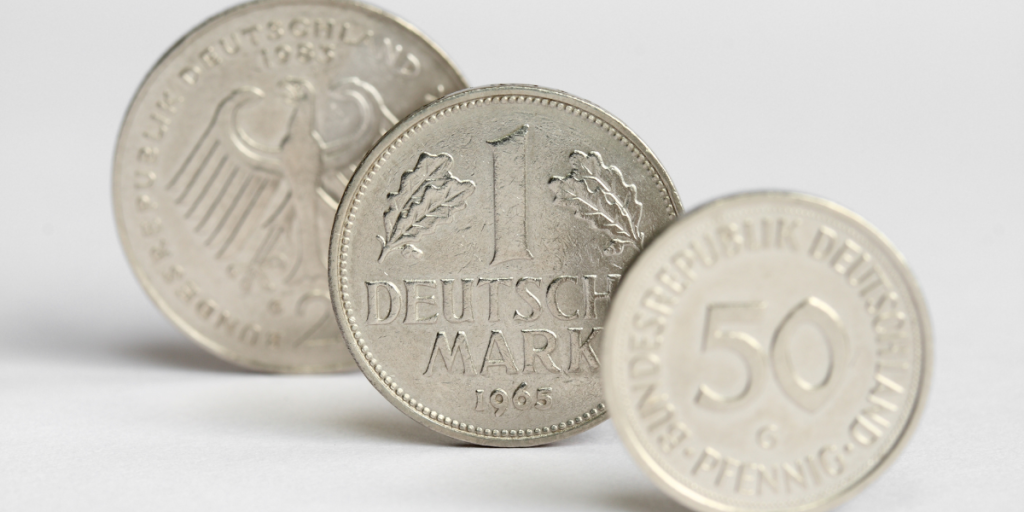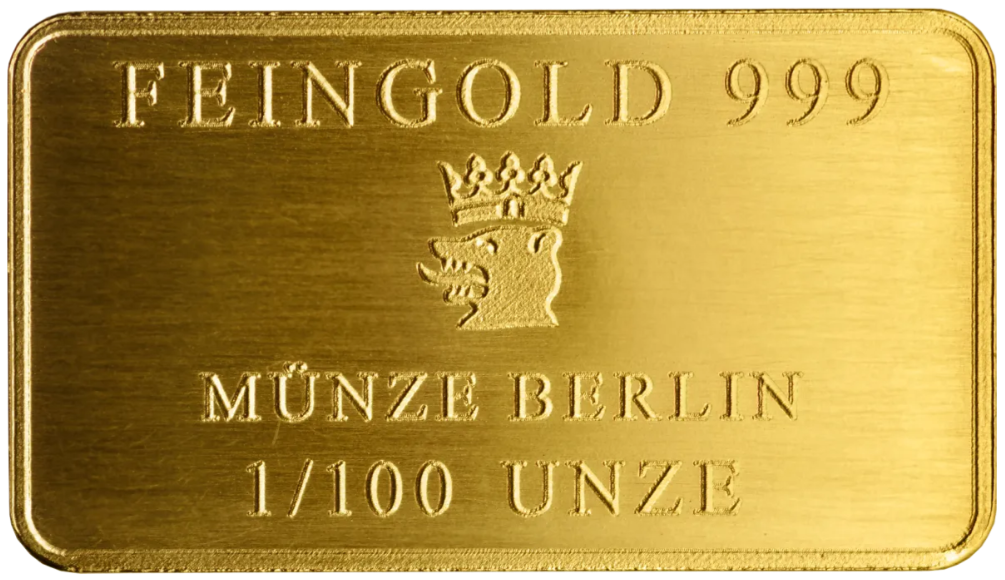The Staatliche Münze Berlin, or the State Mint of Belin, sometimes referred to as SMB, is one of five official German mints. The first mention of the Berlin Mint dates back to documents from 1280.


Historical Significance of SMB
The Staatliche Münze Berlin has a rich historical significance in Germany and Europe. Joining the German mint system with the passing of the German Coinage Act in 1871, it has played a crucial role in minting coins for various German states and, later, for the unified German Empire. The mint has produced a wide range of coins throughout its history, reflecting the economic and political changes in Germany. It was integral in standardizing currency during various periods, especially during the transition to the Deutschmark, the official currency of Germany from June 20, 1948 until the introduction of the euro in January 2002.
The Deutschemark
The Deutschemark, or Deutsche Mark, was the legal tender of West Germany from 1948 to 1990 and then became the currency of unified Germany from 1990 until the adoption of the euro.
When the euro was introduced, the Deutschemark immediately stopped being legal tender in Germany unlike the rest of the eurozone countries which accepted the euro and their legacy currency for two months following the introduction of the euro.
The SMB’s Role Today
Today, the Staatliche Münze Berlin is one of 17 mints in Europe authorized to mint the euro coin. The Mint also produces commemorative coins along with gold and silver bullion bars. The Berlin Mint uses a mint mark of A on the German minted euro coins.


If you’re shopping for silver or gold bullion, reach out to the team at Manhattan Gold & Silver.
